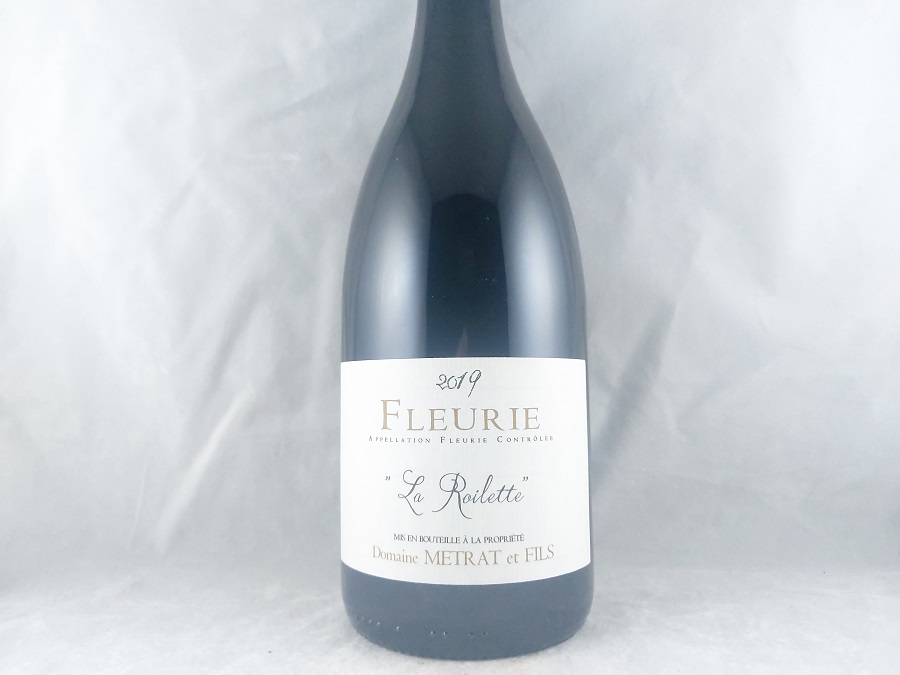

Pretty, medium weight, and precise. Metrat Fleurie La Roilette is a joy to drink now; there are other Beaujolais to age, this one is to enjoy
$40.00Read more
Follow Phil, Charlie and Tempieras they strut the cellar fantastic.
Because the perfect cellar requires the perfect wine. See what the tastemakers have on special this week.
Get offers, free stuff and our latest cellar finds before anyone else. Sign up for our E-News below!
Every time you taste a wine, it is an event. I would like to think it can be educational too. I hate stuffy wine events, so whether it’s a casual tasting or a Masterclass over dinner, I promise a fun, interactive and informative occasion… with great wine. Please take a peak below or view all our events here.
Sparkling Wine, Champagne, and Seafood Dinner at Dakota 25th March
It has been a long time between shared drinks for a lot of us. I have not hosted a dinner since October 2019. I am keen to get out and share great food and great company. How about you?
Let’s not muck around either! Straight to the top shelf. Champagne, Sparkling wine, and three courses (plus canapes). I’m excited to be teaming up with Dakota for the first time, the menu they have prepared is going to elevate these wines to a new level.
Book your seat here.
Your Own Private or Corporate Event @ Any venue you’re comfortable with. Wine is more than just a thing you drink. You share it with people you care about, and you tell stories about the wines and wine places you’ve been. A well-run wine tasting can be an experience of its own. The love of great wine is a concept that brings people together. Sharing it bonds people. This is an opportunity for you to share a special experience with family, friends, clients, colleagues or anyone you want to share some great wine with. Let’s talk about how to make your event special.
WARNING: | Under the Liquor Control Reform Act 1998 it is an offence to supply alcohol to a person under the age of 18 years (Penalty exceeds $7,000). For a person under the age of 18 years to purchase or receive liquor (Penalty exceeds $500).